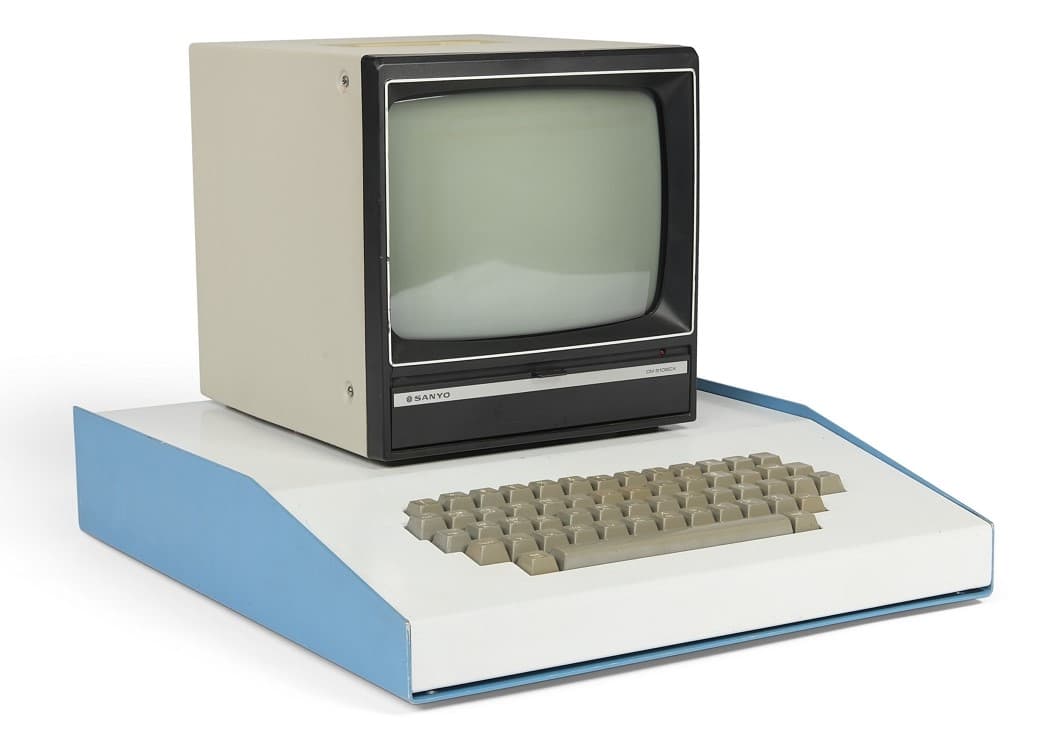Apple’s newest addition to its lineup, the M4 iPad Pro, boasts impressive specs and a super-thin design, measuring just 5.1mm. Marketed as Apple’s thinnest product yet, it raises questions about its long-term durability. Recent tests, including a popular YouTube review by JerryRigEverything, have put these claims to the test, revealing some concerning results.
Design and Durability Claims
The M4 iPad Pro, with its sleek, minimalistic design, is undeniably a sight to behold. Apple has consistently pushed the boundaries of what’s possible in tablet engineering, and this latest model is no exception. The company has added a ‘central spine’ to the tablet’s structure, purportedly to enhance its sturdiness. Apple executives have reassured that this feature, along with a protective cowling, provides ample structural rigidity.
The Bend Test
However, the reality of the M4 iPad Pro’s durability came under scrutiny when subjected to rigorous bending tests. The ‘central spine’ is supposed to prevent the device from snapping under pressure, yet the tablet displayed significant flexing during these tests. Interestingly, the device did not break from the center where the spine is located but showed vulnerability at the charging port.
Weakness at the Charging Port
The rear side of the iPad Pro’s USB-C charging port seems to be a critical weak point. During the bend test, this area was subjected to immense pressure, resulting in a crack. This flaw is attributed to the absence of the central spine reinforcement around the charging port area, which suggests a potential oversight in design prioritization.
Consumer Concerns
For consumers, this raises significant concerns regarding the tablet’s practicality for everyday use. Despite its robust appearance and the reinforcements mentioned by Apple, the M4 iPad Pro might require extra care, especially when carried in backpacks or other tight spaces where it could be pressed against hard objects.
Long-term Implications
The implications of these findings are twofold. On one hand, they challenge Apple’s design ethos of prioritizing slimness over functionality. On the other, they serve as a crucial feedback point for future designs. Apple may need to reconsider its approach to ensure that aesthetics do not compromise practical durability.
This situation also ignites a broader discussion about the trade-offs between design innovation and device longevity. As devices become thinner and seemingly more fragile, the industry must find a balance to meet consumer expectations for both style and durability.
With the feedback from these tests, it’s likely that Apple will address these vulnerabilities in its next iteration of the iPad Pro. Enhancements in material science, structural design, or even slight increases in thickness could be potential solutions to improve resilience without compromising the aesthetic appeal.
While the M4 iPad Pro remains a marvel of modern technology, the recent bend tests serve as a reminder of the limitations of current engineering practices. As Apple likely takes this feedback into consideration, the evolution of tablet design will continue to be an area of keen interest and development.




